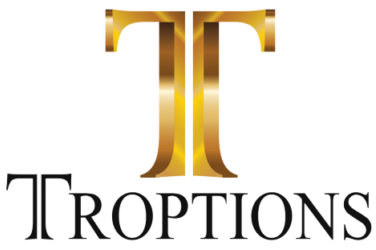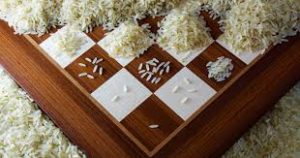XTROPTIONS.GOLD has legs!
TROPTIONS the, not so new, amazing cryptoasset has its own legs to stand on and move about in the crypto sphere. People from all over are doing deals and reaping the benefits of this cryptoasset once known as a Trade Dollar called a TROPTION…
(From “A Founders Treatise” By Garland E. Harris)
“When TROPTIONS was a Trade Dollar called a TROPTION.
In 2003, Garland E. Harris founded the concept of a TROPTION in a business plan for a company called Global Trading Partners Corp. The word “TROPTION” was the simple combination of two words – “Trade” and “Option”. Even though the founder had 20 years of experience in the barter/trade exchange industry, the word, “barter” was avoided because of the negative connotation that existed and still exists in the financial markets. Even though almost all, if not all Fortune 500 companies are involved in barter, as a competitive advantage, in one way or another. They may call it a swap, an offset, a promotional consideration, or a reciprocal trade but it is still just barter. Statistically 25-30% of all commercial transactions are bartered.”
Barter will never be a thing of the past, but now with cryptocurrency being such a hot commodity XTROPTIONS.GOLD couldn’t be positioned better than it is in this day and time to keep on moving up in the list of the hottest currency for people to have!
Go to the ASSETS section of the Troptionsxchange.com site to see more
https://troptionsxchange.com/assets/

